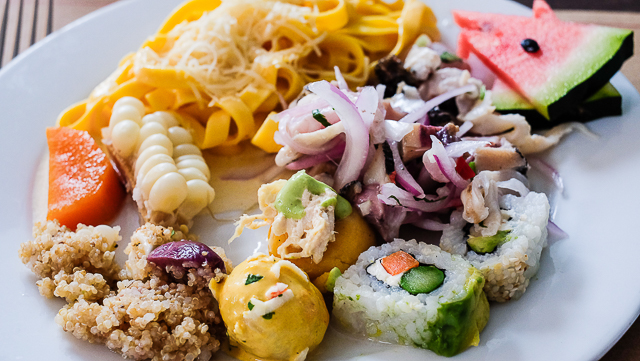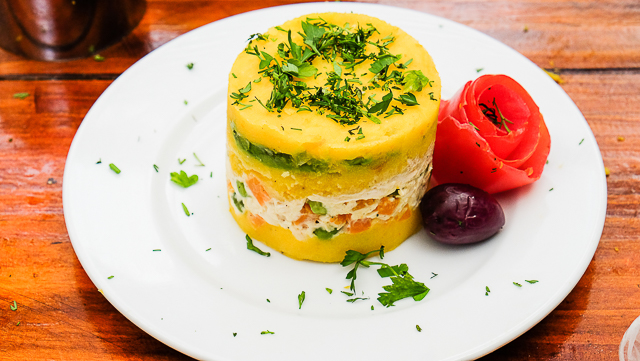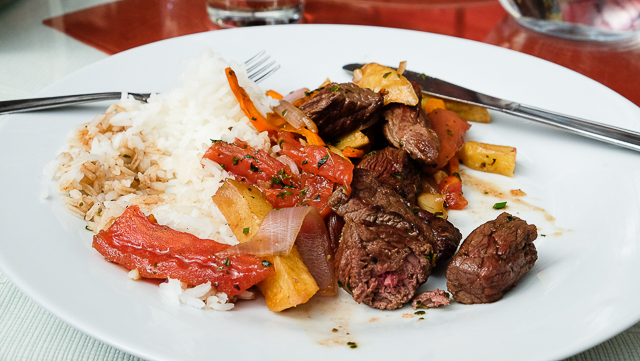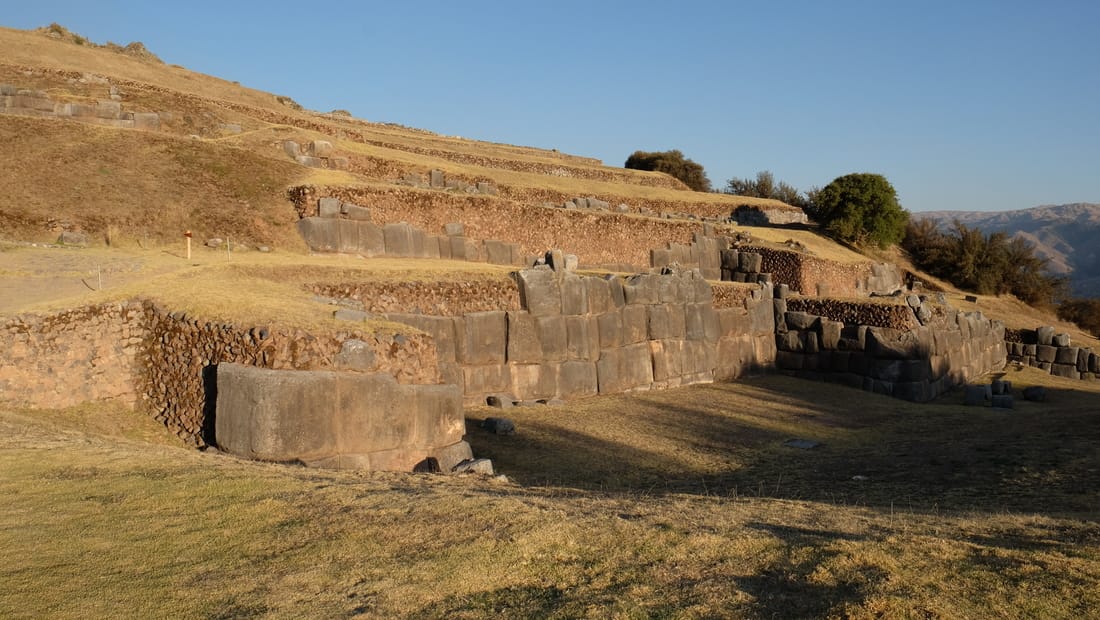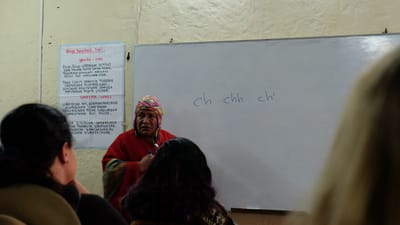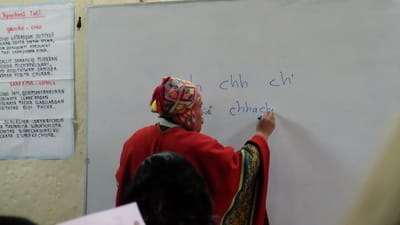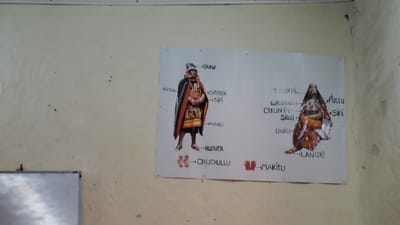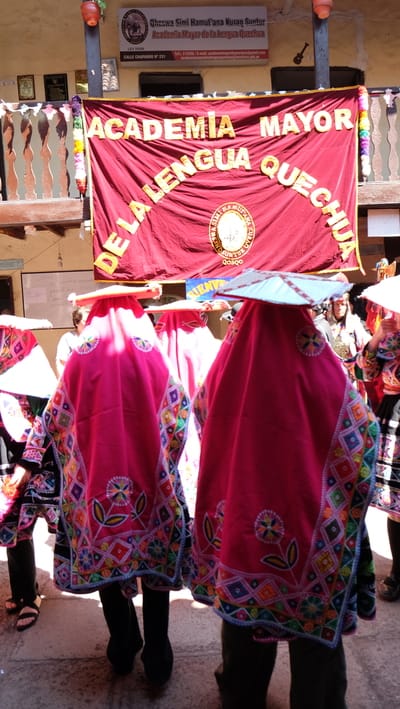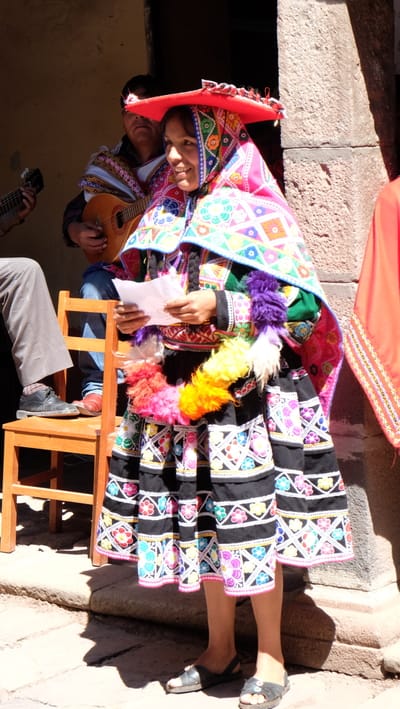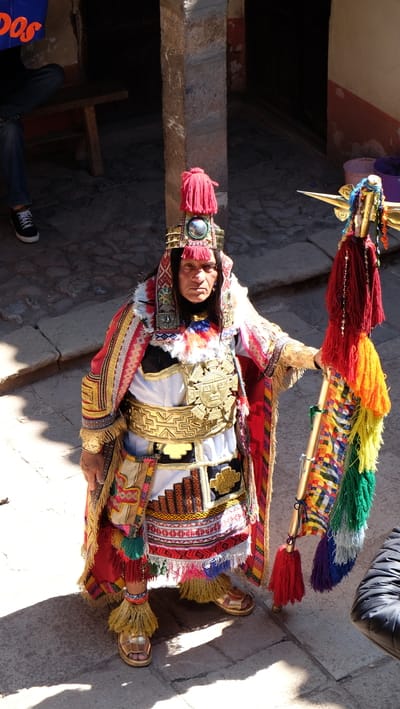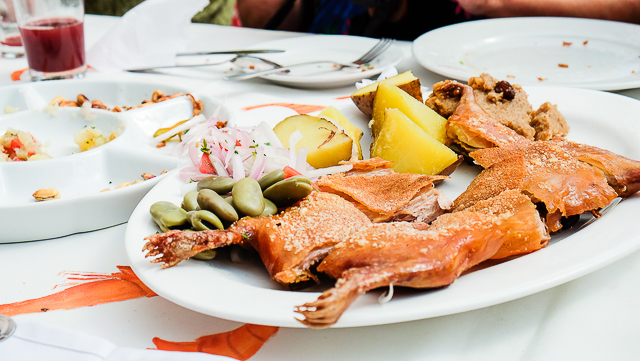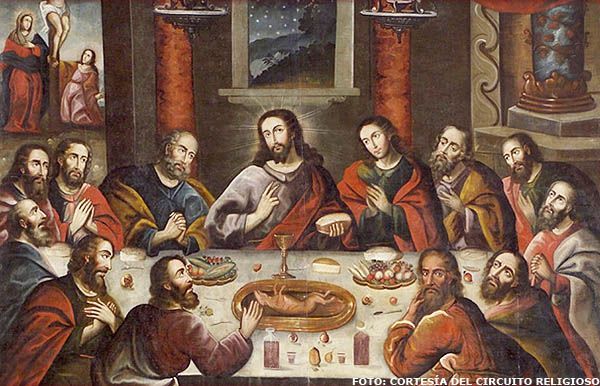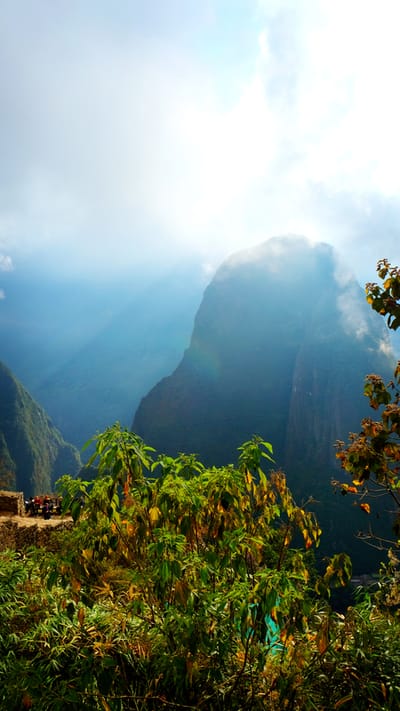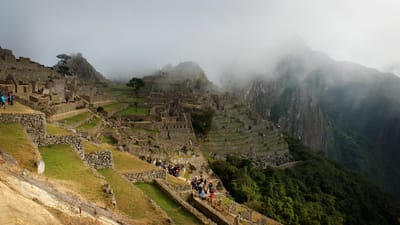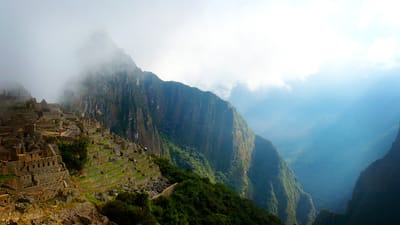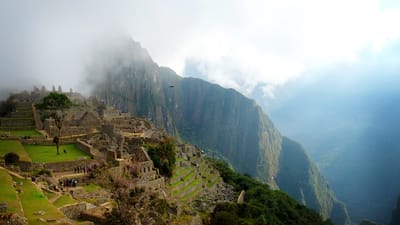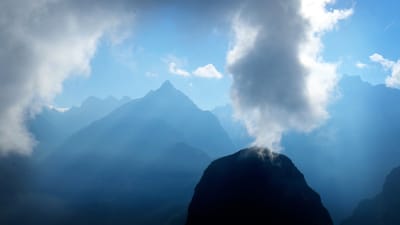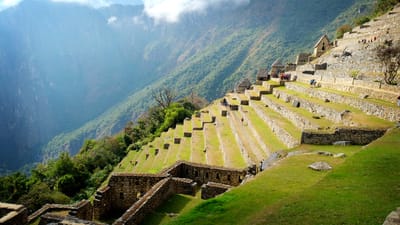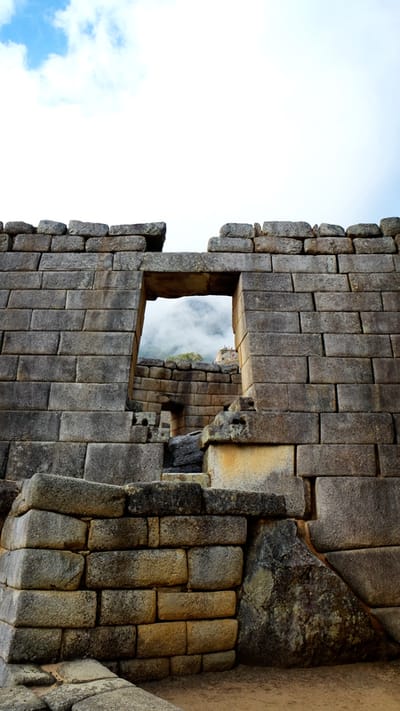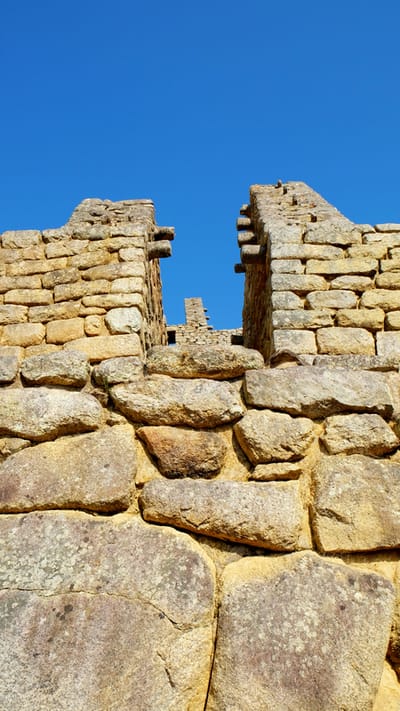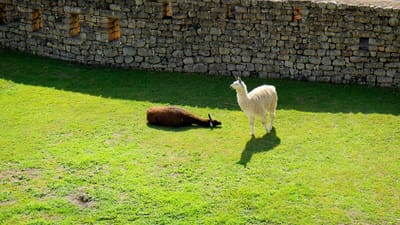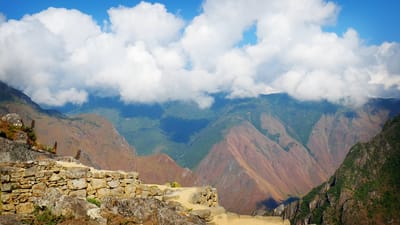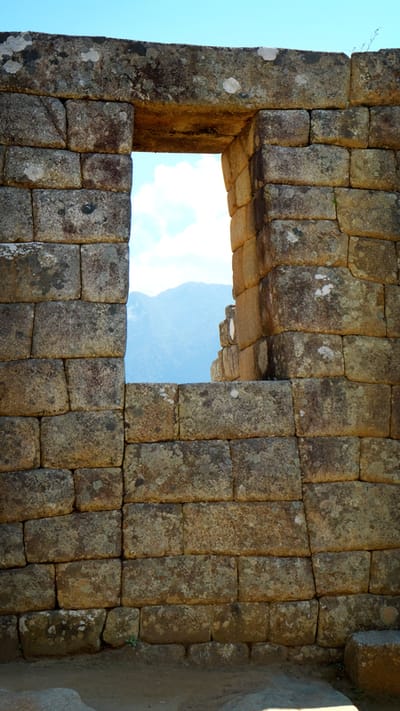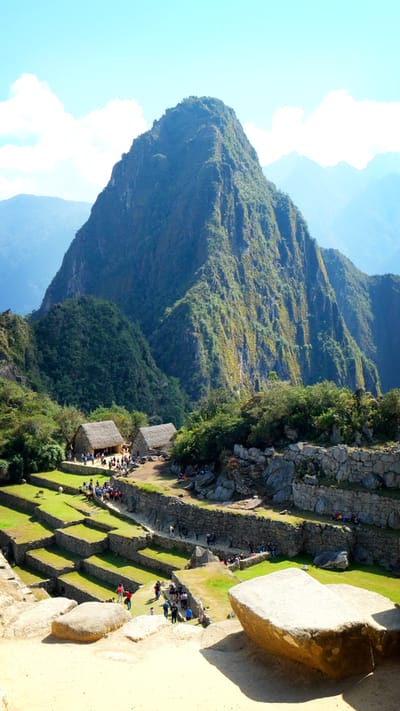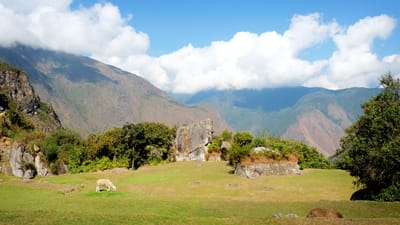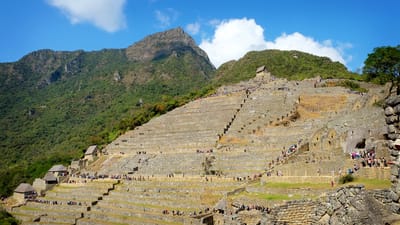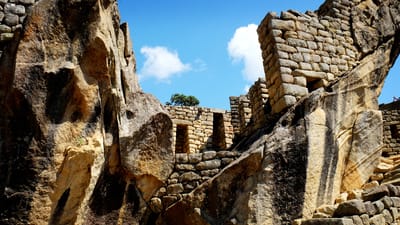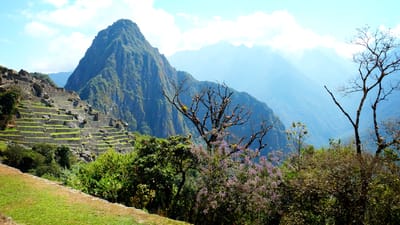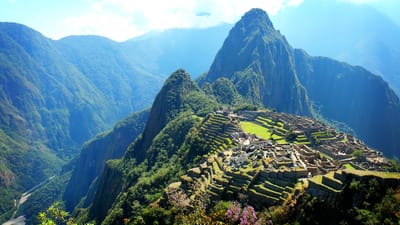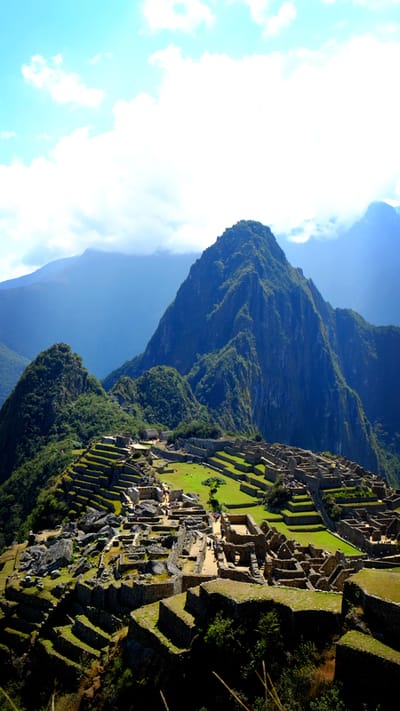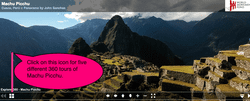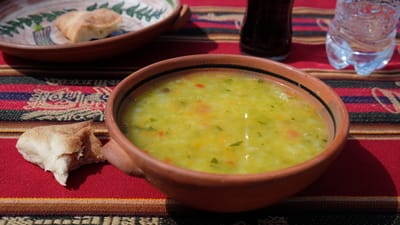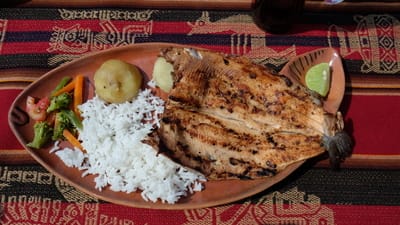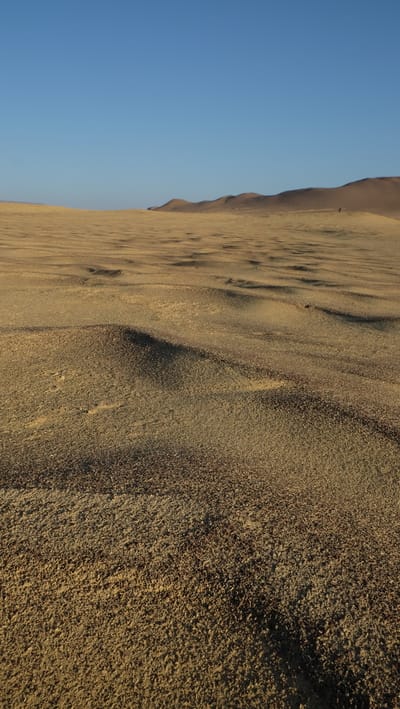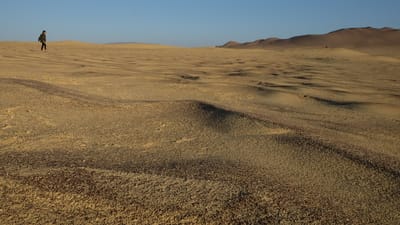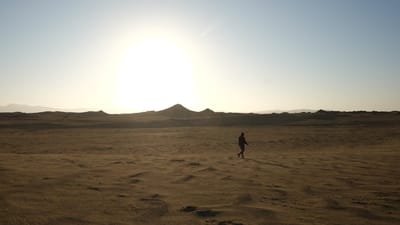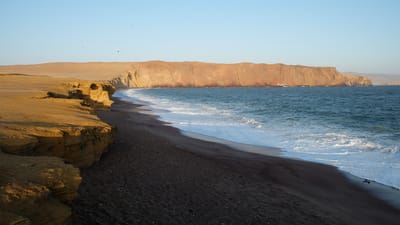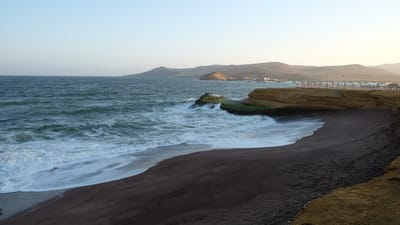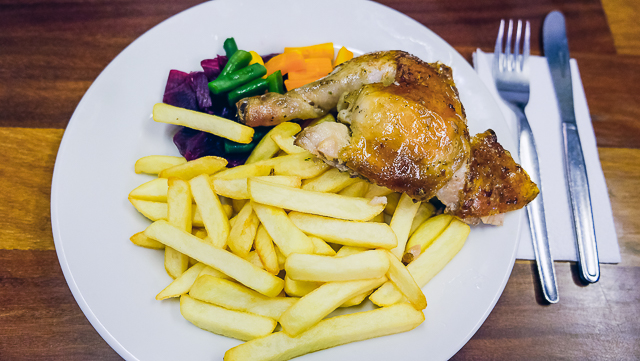TASTY PERU TOUR
FIRST STOP - LIMA
|
Lima is not ony the capital of Peru, but it's one of the food capitals of the world!
The dish you'll explore here is ceviche. Mark Adams writes... The icy Humboldt Current that flows through the Pacific Ocean just off Peru’s coast supports one of the world’s most bountiful sources of seafood. If Peru had an official national dish, it would probably be this preparation of raw fish marinated in citrus juice. The acid in the fruit “cooks” the fish, giving it a delicate flavor and slightly chewy consistency. The dish is usually spiced with red onion and aji pepper, and served (typically at lunch) with sweet potato or choclo, a white Andean corn with dime-size kernels. Bold gastronomes can drink the leftover citrus marinade, which is known as leche de tigre, tiger’s milk. http://www.nationalgeographic.com/travel/top-10/best-food-peru/ |
Learn about the Humboldt Current and the reason why fresh seafood is plentiful and delicious on the coast of Peru
Have a taste of ceviche!
Now you are ready for a tour of beautiful Lima!
SECOND STOP - AREQUIPA
Enjoy the flight over the Andes Mountains!
Let's take a look around Arequipa - then, let's eat!
|
Mark Adams recommends two dishes - causa and lomo saltado
Causa - A visitor to any market in Peru is certain to find two things—hundreds of varieties of potatoes, which may have originated here (Peru’s longtime rival Chile also claims tuber originality), and piles of avocados large enough to toboggan down. A traditional causa layers these two ingredients into a sort of casserole, which is sliced and served cold. Other layers might contain tuna, meat, or hard-boiled egg. Lomo Saltado - A hundred years before anyone had heard of Asian fusion cuisine, boatloads of Chinese immigrants arrived in Peru looking for work. The ingredients and techniques they added to Peru’s food vocabulary are probably best exemplified by this hearty hybrid stir-fry, in which beef, tomatoes, peppers, and onions are blended in a pan with soy sauce and fried potatoes. Not a dish for the carb-phobic; it’s usually served over white rice. http://www.nationalgeographic.com/travel/top-10/best-food-peru/ |
Before we leave Arequipa, let's pay our respects to Juanita
THIRD STOP - CUSCO
We have been gaining altitude on our tour so far. Cusco sits at around 11,000 feet above sea level! Some people have challenges with altitude sickness due to the thinner air. Some people acclimate to the altitude in a couple of days. Altitude sickness can cause the following:
Headache.
Nausea.
Vomiting.
Fatigue.
Poor appetite.
Dizziness.
Disturbed sleep.
There are a few things we can do to avoid feeling these effects. First, we're going to take it nice and easy for the first day - lots of rest! Second, drink lots of water. Finally, a cup or two of coca tea can help.
After a day of rest and eating a light soup, we're ready to meet Cusco!
Next, let's visit la Academia Mayor de la Lengua Quechua to learn about the Quechua culture and language.
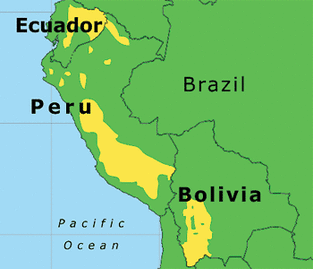
There are about 8.3 million speakers of Quechua in the world with most speakers being in Ecuador, Peru, and Bolivia (others are in Argentina, Colombia, Brazil and Chile.) There are approximately 4.4 million Queachu in Peru alone. Experts believe that Quechua was spoken before the Incan Empire rose, and the expansion of Incan Empire helped to spread Quechua beyond the central Peruvian coast.
Quechua is considered a low-prestige language and is not usually used in the media, television, and radio (with a few exceptions). Furthermore, there is extremely little written material published in Quechua. (Source the UCLA Language Materials Project under a Creative Commons License.)
I
Quechua is considered a low-prestige language and is not usually used in the media, television, and radio (with a few exceptions). Furthermore, there is extremely little written material published in Quechua. (Source the UCLA Language Materials Project under a Creative Commons License.)
I
Learn how some people are working to preserve and share the Quechua language.
Published by MicrosoftPeru
Meet Renata Flores Rivera, a teenager from Peru who translates and sings popular songs in Quechua
|
|
|
|
Published by AFP news agency
|
Published by Renata Flores Rivera
|
Time to eat! We're heading to a picantería, La Cusqueñita, to eat and watch traditional Peruvian dances.
Learn just a little more about how cuy plays a part in Peruvian culture.
FOURTH STOP - MACHU PICCHU
Here's a preview of the incredible place we'll be visiting.
Machu Picchu - Choose Your Own Adventure
Many people take the train from Cusco to Aguas Calientes. From there, you can ride a bus to Machu Picchu or hike part of the Inca Trail to Machu Picchu.
Others choose to do a 4-day trek to reach Machu Picchu. Either way, let's all meet up in Aguas Calientes for dinner!
Others choose to do a 4-day trek to reach Machu Picchu. Either way, let's all meet up in Aguas Calientes for dinner!
TRAIN JOURNEY
|
4-DAY TREK
|
|
We will be traveling by train from Cusco to Aguas Calientes.
INSERT MY MAP HERE |
What should you pack? Read some suggestions below.
GA Adventures - https://www.gadventures.com/blog/a-packing-list-and-tips-for-the-inca-trail/ Eagle Creek - http://www.eaglecreek.com/blog/hiking-inca-trail-how-plan-and-what-pack |
|
|
|
Go on a virtual tour of the Inca Trail here.
We'll spend the night in Aguas Calientes and get up very early to catch a bus to Machu Pichhu in the morning. Tonight, let's enjoy a delicious Peruvian dish, lomo saltado.
Good morning! Let's go to Machu Picchu! Enjoy the bus ride!
Published by Ecosystem Peru - https://www.youtube.com/watch?v=WImT7lEij_M
Welcome to Machu Picchu!
Enjoy the views of Machu Picchu with these 360 Virtual Tours.
You have five tours to go on so you can explore many areas of this magnificent site.
|
NEXT STOP: PUNO
Here's a quick look at Puno.
Published by Visit Peru
Puno is on the shore of Lake Titicaca. At over 12,000 feet above sea level, Lake Titicaca is the highest navigable lake in the world.
Read about Lake Titicaca here then watch the video below.
Read about Lake Titicaca here then watch the video below.
Published by Brien Foerster
Time to Eat! Quinoa is an important grain native to Peru. We'll have some delicious quinoa soup and rainbow trout from Lake Titicaca and learn about this crop.
Published by Marca Perú
Before we leave, take a virtual tour of Uros Island.
We're off the jungle on a flight to Iquitos!
Take a tour of the Amazon Rain Forest in Peru!
Published by Baymount Outdoor Adventures
Check out other things to do and things to eat in the rain forests of Peru!
Published by Visit Peru
After flying back to Lima, we'll take a bus down to Paracas for our final Peruvian destination. Take a look at this amazing place!
Published by Visit Peru
Read about the unique deserts along the western Peruvian coast and enjoy the beauty of the coast off of Paracas.
